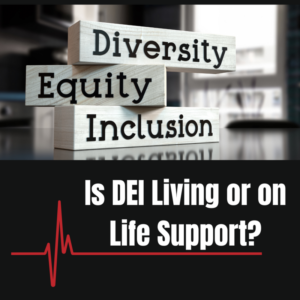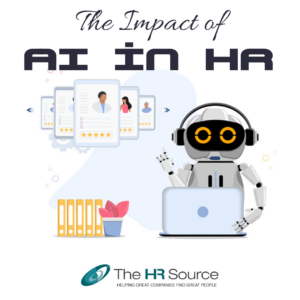Workplaces are becoming more diverse than ever, which means HR departments not only need to be tapped into who their teams are, but the most effective ways to reach them and support them as well. Here’s a quick overview of what workplace inclusion looks like in 2020 and new areas HR departments must address.
HR Departments Will Address the Needs of Five Generations
The average age of the population is moving upward at a rapid pace, from 28.1 in 1970 to 35.3 in 2000 to 38.2 today. People are living longer and the birth rate dropped to a 32-year low. These statistics, paired with economic conditions, means employers now have five generations under one roof to accommodate. Approximately 15% of Traditionalists, aka the Silent Generation, which is those in their mid-70s and later, still work. Meanwhile, the earliest crop of Generation Z turns 23 this year. Although those opting out of university programs have already hit the workforce, those who choose the degree path are just now starting careers. Sandwiched between them are Baby Boomers, Generation X, and Millennials. Each group has unique priorities and needs to address.
Globalization Will Necessitate the Breakdown of Barriers
Diversity has been of growing concern to companies and the business case for it is well established. However, companies are also changing employment structures, moving to smaller headquarters and including more outsourcing and contract work into their strategies. This means teams are now spread across multiple time zones and countries. HR departments will be tasked with addressing inclusion across a broad spectrum of working conditions.
Corporate Social Responsibility Expectations Will Require Greater Communication of Initiatives
Not only is inclusion essential due to team structures and locations, but diversity is key from the standpoint of social responsibility too. Research shows that two-thirds of people care about a company’s commitment to diversity when comparing job offers. Consumers care when a company is committed to diversity as well. The catch is, they notice when a company is only trying to “check off the diversity box” versus being genuinely inclusive. That means organizations must have the programs to support inclusion, be vocal about their inclusion initiatives, and demonstrate authentic inclusion across all channels.
New HR Positions Will Be Created to Address Changing Needs
The diverse needs of people are resulting in increased demand for personalization; something today’s HR professionals may not be equipped to handle without additional support. While many will be bringing in specialists to address concerns, new titles, such as “talent development agent,” “people capability planner,” and “futurist” will emerge. To address diverse communication needs, lines between HR, IT, and even marketing will blur. Positions that relate to how teams communicate and cultivating a sense of community, often via social networking, will be created.
Be Ahead of the Curve
It cannot be stressed enough: people know when an organization is trying to look diverse and inclusion versus actually being a diverse and inclusive organization. Your company must have the processes in place to support this and meet the needs of everyone involved. Follow us for tips on how to cultivate a culture of inclusion or check out our diversity services to learn how we can help you make the transition.




